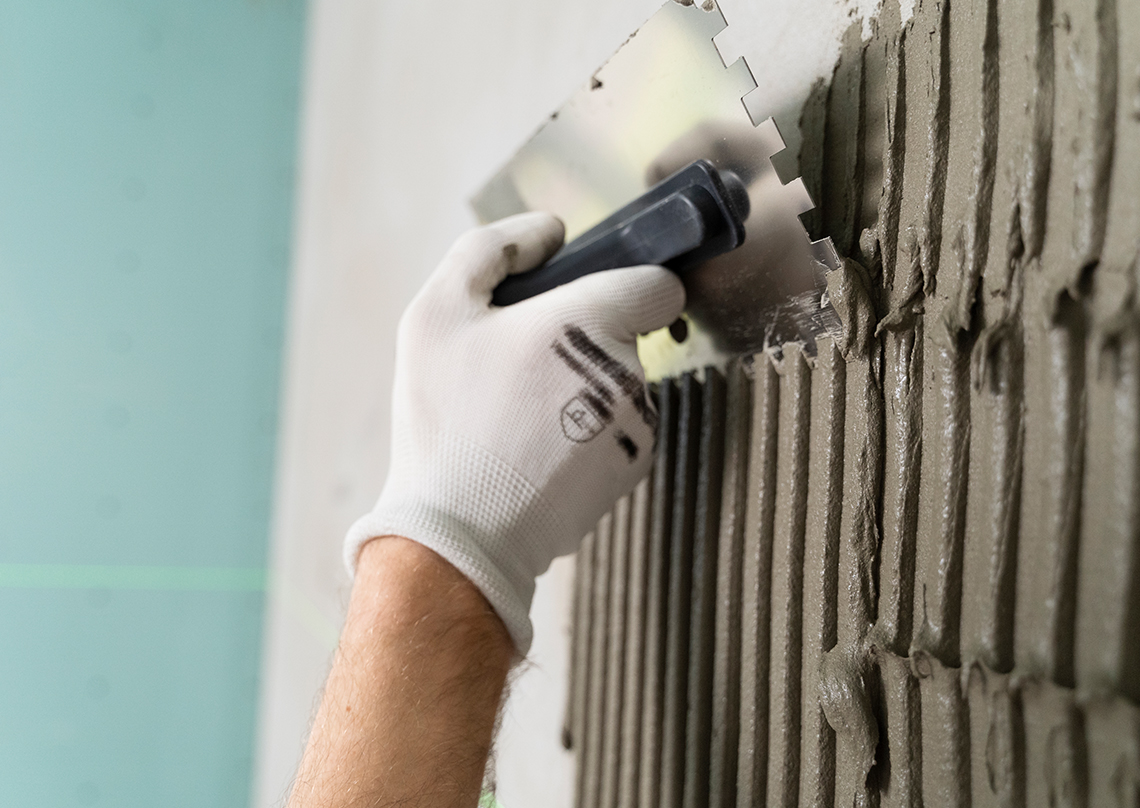
In the realm of construction, the selection of materials is a critical aspect that directly influences the quality and durability of structures. Plaster sand, a specialized type of sand, plays a crucial role in various construction projects, offering a myriad of applications and benefits. This comprehensive exploration delves into the diverse applications of plaster sand, elucidates its notable advantages, and provides insights into choosing the appropriate grade for specific construction endeavors.
Understanding Plaster Sand:
Plaster sand, often referred to as fine aggregate or soft sand, is a finely crushed and graded sand used in construction activities, primarily for plastering purposes. It is distinct from other types of sand due to its specific texture, composition, and gradation, making it ideal for achieving a smooth and uniform plaster finish.
Applications of Plaster Sand:
1. Interior Plastering:
Plaster sand is extensively used for interior plastering applications, providing a smooth and even finish to walls and ceilings. Its fine particles contribute to the creation of a cohesive plaster mix, ensuring uniform coverage and a visually appealing surface.
2. Exterior Plastering:
For external plastering projects, where weather resistance and durability are paramount, plaster sand proves to be an excellent choice. Its composition allows for the formation of a robust plaster coat that withstands external elements, protecting the underlying structure.
3. Rendered Surfaces:
Plaster sand finds application in rendering surfaces, enhancing the aesthetic appeal of structures. Whether applied to brickwork or concrete surfaces, plaster sand facilitates the creation of a seamless and well-textured finish.
4. Mortar Mixes:
Plaster sand is a key component in mortar mixes used for laying bricks or blocks. Its fine nature ensures proper adhesion and binding with other construction materials, contributing to the overall strength and stability of the masonry work.
5. Stucco Work:
In stucco applications, which involve creating decorative and textured finishes on walls, plaster sand provides the essential fine aggregate to achieve the desired artistic and architectural effects.
Benefits of Plaster Sand:
1. Smooth Finish:
The fine particles of plaster sand contribute to a smooth finish when used in plastering applications. This quality is particularly desirable for interior surfaces where a polished appearance is essential.
2. Workability:
Plaster sand is known for its excellent workability. Its fine texture allows it to be easily mixed with other materials, promoting a cohesive and malleable plaster mix that is easy to apply.
3. Adhesion:
The composition of plaster sand ensures strong adhesion to various surfaces, promoting a secure bond between the plaster and the substrate. This is crucial for the longevity and stability of the plastered finish.
4. Consistent Grading:
Plaster sand is carefully graded to achieve consistent particle sizes. This uniformity contributes to the creation of a homogenous plaster mix, reducing the likelihood of uneven surfaces.
5. Durability:
When used in exterior plastering, plaster sand enhances the durability of the plastered surface. It withstands environmental factors and provides a protective layer to the underlying structure.
Choosing the Right Grade:
1. Fine Grade for Smooth Finishes:
Opt for a fine grade of plaster sand when aiming for a smooth and polished finish on interior walls. The fine particles contribute to a refined appearance.
2. Medium Grade for General Applications:
A medium-grade plaster sand is suitable for general plastering applications, offering a balance between fineness and versatility. It is commonly used for both interior and exterior plastering.
3. Coarse Grade for External Plastering:
When working on exterior plastering projects, especially in areas exposed to harsh weather conditions, a coarse-grade plaster sand is recommended for its added durability.
4. Specialized Grades for Unique Requirements:
In some cases, specialized grades of plaster sand may be available to meet specific project requirements, such as stucco work or artistic finishes.
In the intricate tapestry of construction materials, plaster sand stands out as a versatile and indispensable component. Its applications range from achieving sleek interior finishes to providing robust external plastering solutions. The benefits of plaster sand, including its smooth finish, workability, and durability, make it a preferred choice for discerning builders and contractors.
When embarking on a construction project, the careful selection of the right grade of plaster sand is paramount. Whether aiming for a polished interior, a resilient exterior, or unique artistic effects, choosing the appropriate grade ensures the successful realization of the project's objectives. Plaster sand, with its diverse applications and undeniable advantages, continues to shape the landscape of modern construction, contributing to the creation of structures that stand the test of time.